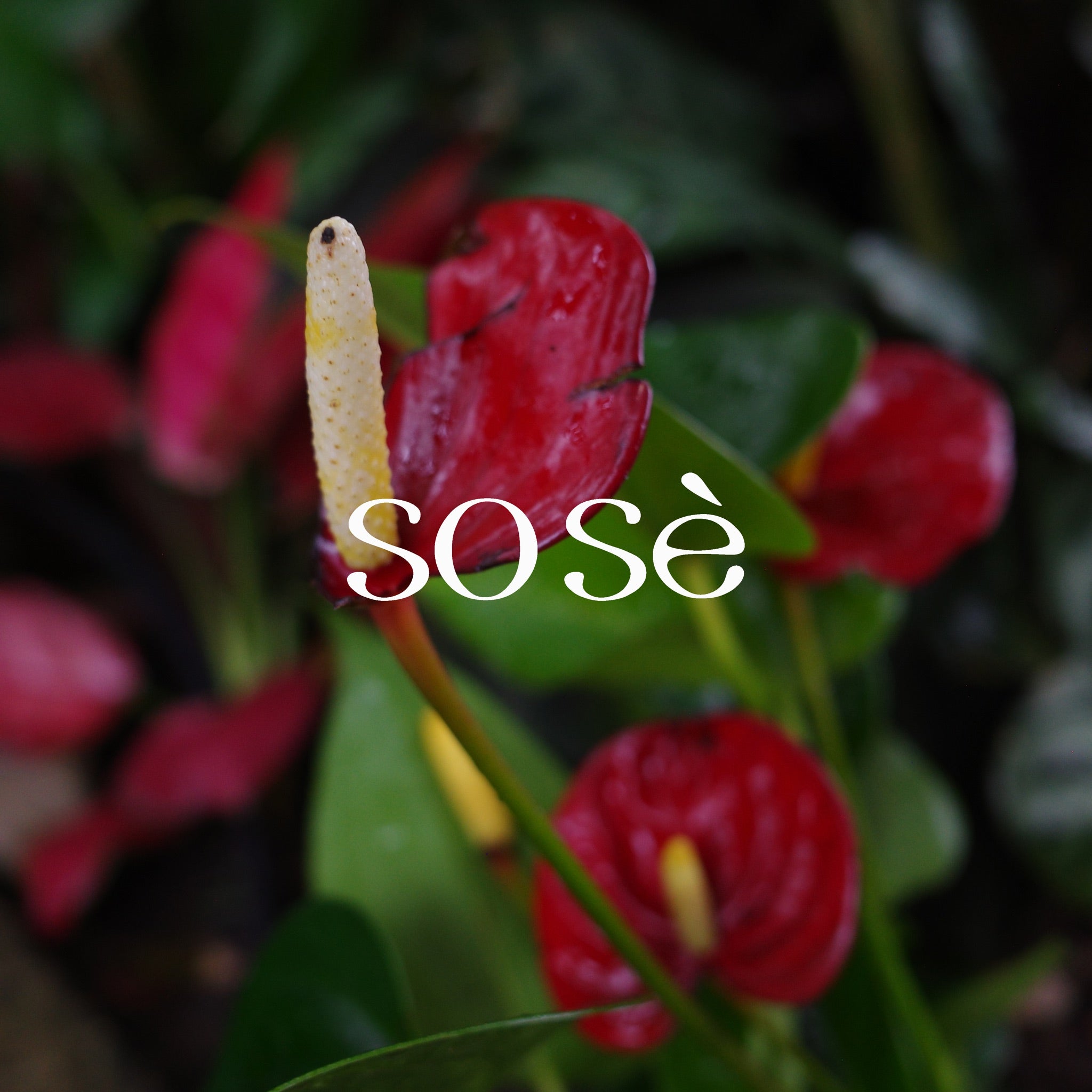Unlocking the Mystery: How Ovulation Influences Desire
Have you ever noticed a cyclical change in your sexual desire? It's not just your imagination. Science confirms that women's libido peaks during ovulation. But why is that, and how does our body orchestrate this symphony of desire? Let's dive into the biology behind it, through the lens of female experience and empathy.
The Science of Desire: Ovulation at the Core
Ovulation is a phase in the menstrual cycle when an egg is released from the ovary. This phase is not just about fertility; it's a time when hormonal shifts can significantly impact a woman's libido. Studies have shown a marked increase in sexual desire in women around ovulation. This peak in libido is nature's way of enhancing reproductive success, but its effects are felt well beyond the biological imperative.
Hormonal Harmony: Estrogen and Testosterone
The surge in sexual desire during ovulation can be attributed to the interplay of hormones, primarily estrogen and testosterone. As ovulation approaches, estrogen levels rise, leading to an increase in libido. Testosterone, though typically considered a male hormone, also plays a crucial role in female sexual desire. Around ovulation, women experience a slight but significant rise in testosterone levels, further boosting libido.- Estrogen's Role: Estrogen not only prepares the body for potential pregnancy but also enhances mood and increases sexual desire.
- Testosterone's Impact: Despite lower levels compared to men, the ovulation-induced spike in testosterone in women is linked to heightened sexual interest and activity.
Biological Signals and Sexual Attraction
Interestingly, ovulation doesn't just alter libido internally; it also affects external cues and attraction. Research suggests that men can subconsciously detect ovulation, finding women more attractive during this phase. This phenomenon might be related to subtle changes in appearance, scent, and behavior, showcasing the deep biological roots of sexual attraction.
Psychological Perspectives and Female Empathy
From a woman's perspective, understanding these biological rhythms offers a sense of empowerment and self-awareness. It highlights the connection between body and mind, encouraging a compassionate and informed approach to one's sexual health. Recognizing these patterns can foster better communication in relationships and a deeper understanding of one's sexual well-being.
Conclusion: Embracing the Cycle of Desire
Understanding the link between ovulation and libido from a biological standpoint, with a focus on female experience, sheds light on the complex interplay of hormones, attraction, and behavior. It's a reminder of the body's natural rhythms and the power of embracing our biological heritage with knowledge and empathy.
References:
Bullivant, S. B., Sellergren, S. A., Stern, K., Spencer, N. A., Jacob, S., Mennella, J. A., & McClintock, M. K. (2004). Women's sexual experience during the menstrual cycle: Identification of the sexual phase by noninvasive measurement of luteinizing hormone. Journal of Sex Research, 41(1), 82-93. https://pubmed.ncbi.nlm.nih.gov/15216427/
Roney, J. R., & Simmons, Z. L. (2013). Hormonal predictors of sexual motivation in natural menstrual cycles. Hormones and Behavior, 63(4), 636-645. https://pubmed.ncbi.nlm.nih.gov/23601091/
Welling, L. L. M., Jones, B. C., DeBruine, L. M., Smith, F. G., Feinberg, D. R., & Al-Dujaili, E. A. S. (2006). Menstrual cycle, trait estrogen level, and masculinity preferences in the human voice. Hormones and Behavior, 51(2), 295-303. https://pubmed.ncbi.nlm.nih.gov/16055126/






